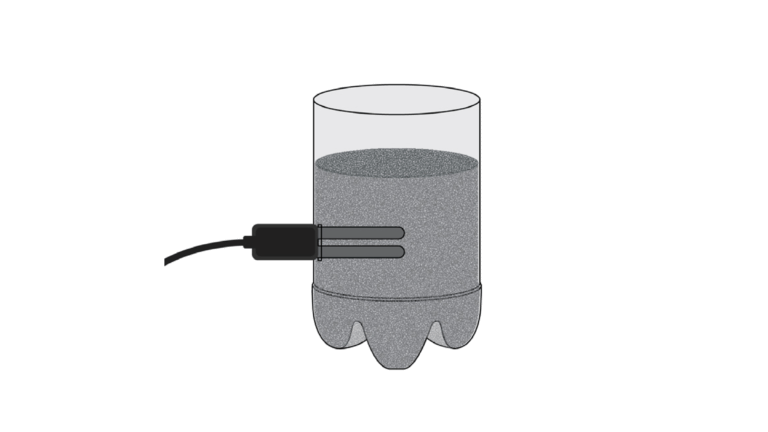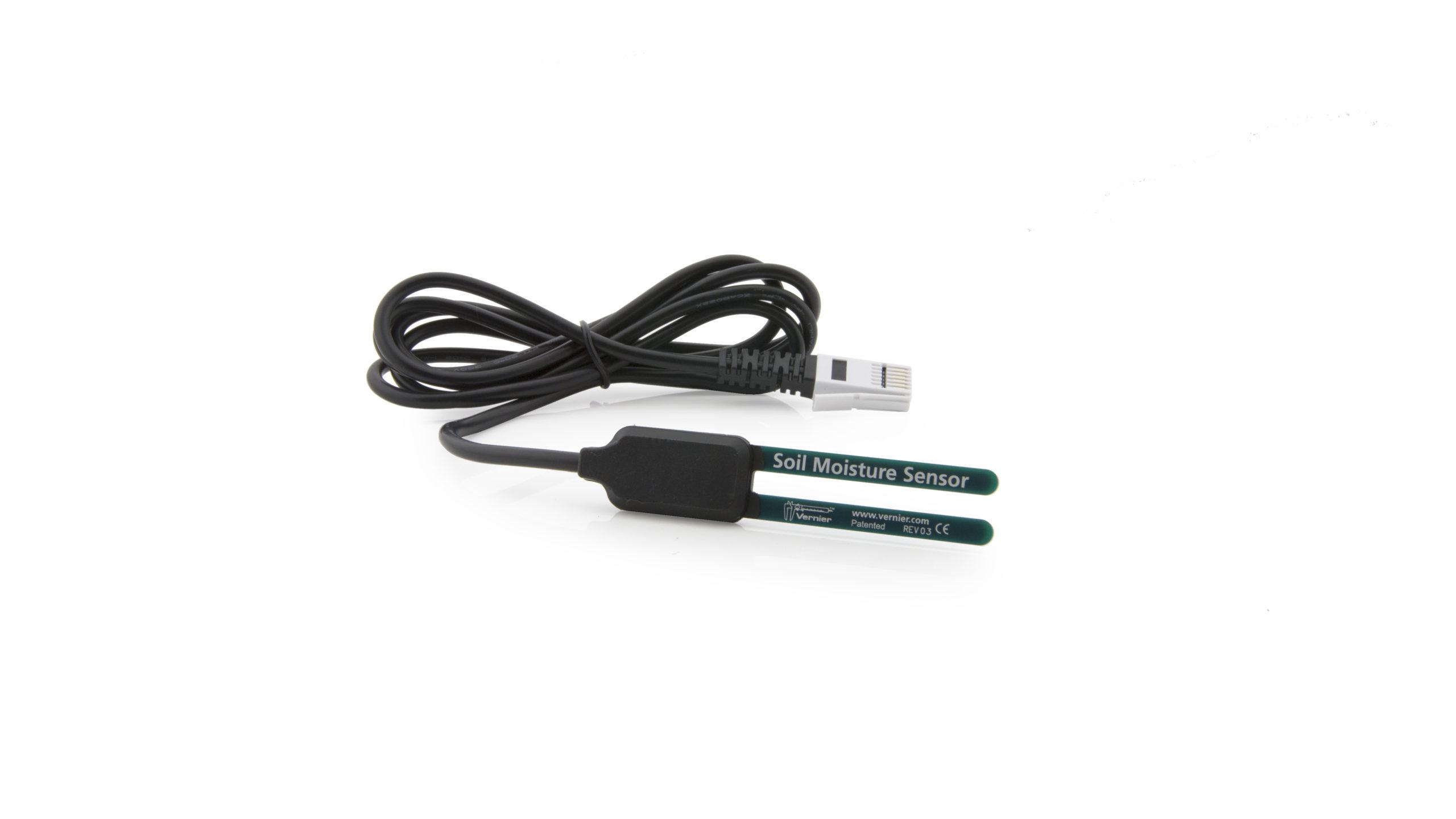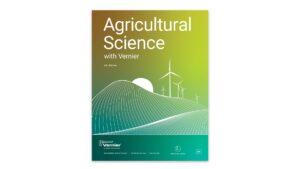
Introduction
Dry soil is made up of minerals, organic material, and air pockets, called pore spaces. In well-aerated soils, a typical volumetric ratio would be 55% solids and 45% pore space. As water is added to the soil, the pore spaces begin to fill with water. Soil that seems damp to the touch might have 55% solids, 35% pore space and 10% water. This would be an example of 10% volumetric water content. The maximum water content in this scenario is 45% because at that value, all the available pore space has been filled with water. This soil is referred to as being saturated, because at 45% volumetric water content, the soil can hold no more water.
Over time, soil moisture changes as soils collect, store, and release water. Collection occurs as water enters the soil through surface pores in a process called permeation. When forces of retention within soil are greater than removal forces, water storage is possible. Water release takes place when plants uptake water, evaporation occurs, or gravitational forces overcome retention.
Many factors influence the rate at which water will permeate a soil and how quickly soil moisture is lost, including surface cover, environmental factors such as relative humidity and air movement, and the characteristics of the soil itself. In this activity, you will compare two types of soil to determine how soil particle size influences soil moisture over time.
Objectives
- Learn the technique for measuring soil moisture using a soil moisture sensor.
- Determine the volumetric soil water content of a soil sample.
- Examine how soil particle size influences soil moisture.
Sensors and Equipment
This experiment features the following sensors and equipment. Additional equipment may be required.
Ready to Experiment?
Ask an Expert
Get answers to your questions about how to teach this experiment with our support team.
- Call toll-free: 888-837-6437
- Chat with Us
- Email support@vernier.com
Purchase the Lab Book
This experiment is #11 of Agricultural Science with Vernier. The experiment in the book includes student instructions as well as instructor information for set up, helpful hints, and sample graphs and data.



